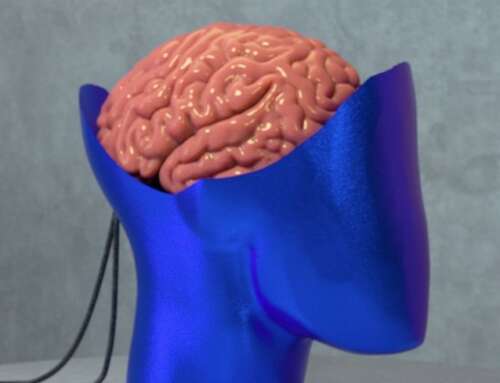When it comes to managing anxiety, science just lent more credibility to the advice to “stay busy.” Engaging the brain to stay busy with problem-solving appears to be an effective buffer against debilitating anxiety, especially in those prone to the worst of the condition, according to a new brain imaging study from Duke University researchers.
The research team assessed a group of 120 participants to find out which were most at-risk in terms of responding to anxiety triggers. Peoples’ brains most prone to anxiety tend to display a bigger response to threats and a lower response to rewards, so researchers exposed participants to stimuli designed to trigger a response from the brain areas most associated with threats and rewards (the amygdala and ventral striatum, respectively).
They also asked the participants to complete a problem-solving task (a simple memory problem involving a little math) to stimulate activity in their brains’ executive control center – the seat of problem-solving – the dorsolateral prefrontal cortex (DPC).
Brain imaging showed that the highest threat and lowest reward responses predicted high levels of anxiety in participants who had low or average DPC activity, but not in participants with high DPC activity. In other words, stimulating the problem-solving center of at-risk individuals’ brains seemed to protect them from the worst effects of anxiety. A follow-up evaluation and brain scan of the study participants seven months later confirmed the initial findings.
– David DiSalvo
Read more: Problem Solving Buffers the Brain Against Anxiety








Leave A Comment